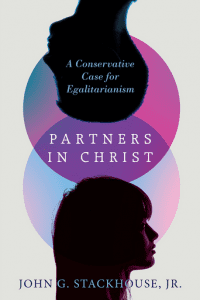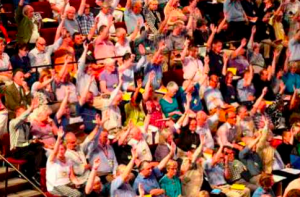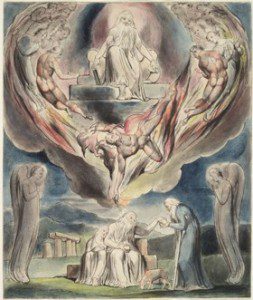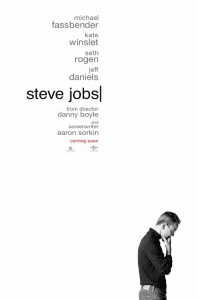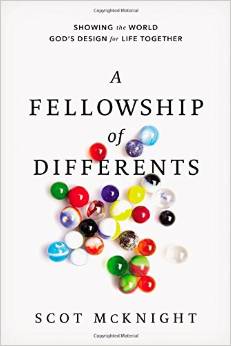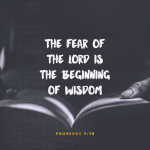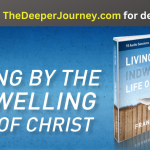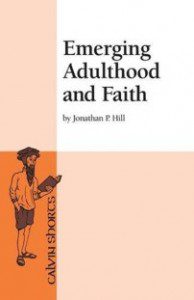 A couple of weeks ago I put up a post (Just the Facts Please) on Jonathan Hill’s short book Emerging Adulthood and Faith. This book describes some of his research into the faith evolution of young adults today – trying to separate the influence of stage of life from historical and generational effects. A wise response to the apparent exodus of younger adults from the church depends on the nature of these influences. Today I would like to look at the conclusions that Hill draws from his research.
A couple of weeks ago I put up a post (Just the Facts Please) on Jonathan Hill’s short book Emerging Adulthood and Faith. This book describes some of his research into the faith evolution of young adults today – trying to separate the influence of stage of life from historical and generational effects. A wise response to the apparent exodus of younger adults from the church depends on the nature of these influences. Today I would like to look at the conclusions that Hill draws from his research.
Why do doomsday scenarios carry such appeal? Hill suggests three reasons:
“First, our own social experience strongly colors how we frame the problem and interpret the data, yet our personal experience can frequently be an unreliable guide.” (p. 61)
There is a distortion in perception that arises from the ways we receive data. Personal stories are powerful and true, but the ones that “stick” are the stories from the margins, not the mainstream. Hill points out that many Americans feel that violent crime is up while the data shows that homicide, for example, is markedly down since 1990 and at about the same level as the 1950’s. “All violent crime has been declining, yet public perception of crime—largely filtered through mass media and politicians—is systematically in error.” (p. 61-62) The stories told in the Christian community carry the same kind of bias.
Second, generating crises in the Church can be an efficient and effective way to mobilize the faithful to action. (p. 62)
Sociological study of social movements can identify techniques that succeed in building a community.
Elites must work on generating an interpretational framework that identifies a specific problem, then identifies the source(s) of the problem, and finally provides a potential solution in the form of collective action. Further, the entire interpretational framework must align with existing grievances in recruits, otherwise collective action will fail. The temptation, then, will be for leaders in the Church to frame concerns about the next generation of Christians in such a way as to result in action by the rank and file, even if these interpretations are not entirely accurate. (p. 62, emphasis added)
Grabbing onto a crisis works to build a cohesive following.
Last, there is a fairly large gap between the ideal concept of Christian faithfulness and the “lived religion” of ordinary
believers. (p. 62)
There is a tendency to idealize the past and see the current trends as a significant deviation. One thing the longitudinal studies show is that this is not really the case. While there is a clear generational loss of youth from the Catholic church the same cannot be said for Protestants, particularly “evangelical” Protestants. Beyond these longitudinal studies, there is a temptation to believe that the current state is the result of a serious religious decline and the historical evidence (although sketchy) doesn’t really support this. A so-called “Christian” nation didn’t necessarily mean deeper, or more wide-spread, devotion.
What about emerging adulthood? There is a real tendency for emerging adults to be less religious than either children or older adults. That it is primarily a stage of life issue rather than a generational change doesn’t make it less of an issue although it may change the approaches we should take. More discipleship, engagement, and community, less emphasis on the need for massive overhauls.
Hill looks at the sociological analysis of social scripts. Most emerging adults (or for that matter most people of any age) do not give much thought to the social scripts that define the parameters for their actions. These scripts are shaped by many different factors include family, schools, churches, and the mass media. Because there is a “faith script” in our culture that makes church something important for “a good and happy life,” it doesn’t really require attendance or involvement during the years of emerging adulthood. Hill notes that it is frustrating to interview emerging adults about this because they don’t really give coherent explanations. There is not an intentional walk away from faith practices, but they simply do not seem relevant for the stage of life.
How can a Church respond, providing a compelling counter-narrative? Hill suggests that we don’t need to make Christianity “relevant,” especially not by mimicking the forms of secular culture.
After all, that approach too often baptizes the very practices that need to be countered. …What this approach fails to recognize is that the very form taken by popular culture often contains tacit pictures of the good life and human flourishing. (p. 66)
One response should be to teach youth to read the cultural liturgies of the surrounding culture rather than to simply respond to or adopt them. Engage in discussions that question and teach our young (and older) people to think. This will happen when it comes from youth group, the overall orientation of the church, and most importantly, the family.
Hill offers some reflections:
The church is a place of Christian worship, and worship is something to which all of God’s people are called. Church is not about learning how to be a moral person (though that is what the dominant narrative they hear tells them); it is a place where immoral individuals go in order to receive the grace of God. It is a place where a people collectively profess how they have fallen short and are collectively pardoned though the cross. Worship places the gospel of grace at the center of life. It is a necessary source of continual sustenance for the Christian,
not an optional add-on to faith. (p. 68)
He concludes by noting that some of the social forces that lead to the absence of emerging adults from the church may be stronger than in the past, but they are not new. Both the church and the culture seem to reinforce each other … leading to a view that church (participating in this worshiping fellowship of Christians) is not really relevant for their season of life (raised, but not yet raising children of their own).
The only way to combat this is through recognizing, and countering, the ways that these beliefs were formed. Thankfully, there is a deep well of Christian teachings and practices that work to do just this. As we ponder how to deal with the contemporary challenges of emerging adults, perhaps it is time to turn away from the latest marketing technique and toward this ancient wisdom. (p. 69)
When doomsday approaches we need doomsday approaches. But these are not sustainable for the long haul, not in the life of an individual and not in the life of a church. Eventually they will fail to engage as we all tire out or move on. As a church, in worship, fellowship, discipleship, evangelism, there should be an intentional effort to engage and involve people of all ages and stages of life.
How can we develop a culture of community and engagement?
How can we involve emerging adults (and older adults) in our congregations?
What does it mean to be relevant?
If you wish to contact me directly you may do so at rjs4mail [at] att.net.
If interested you can subscribe to a full text feed of my posts at Musings on Science and Theology.



